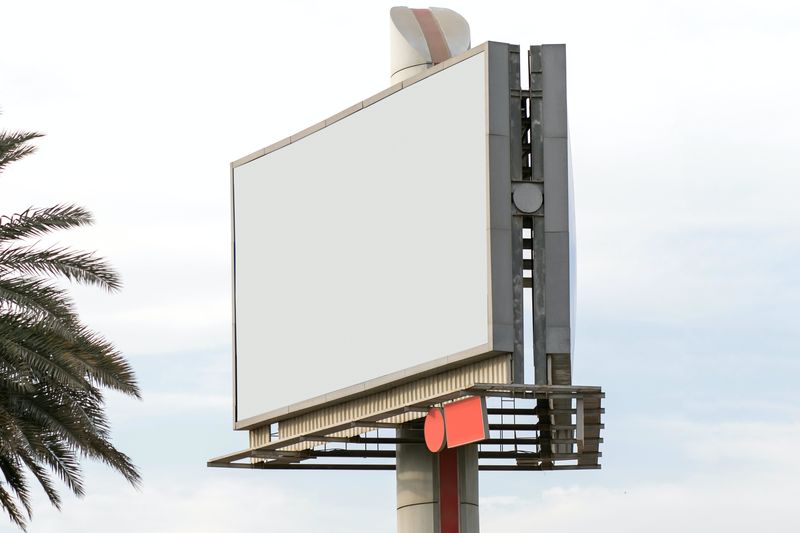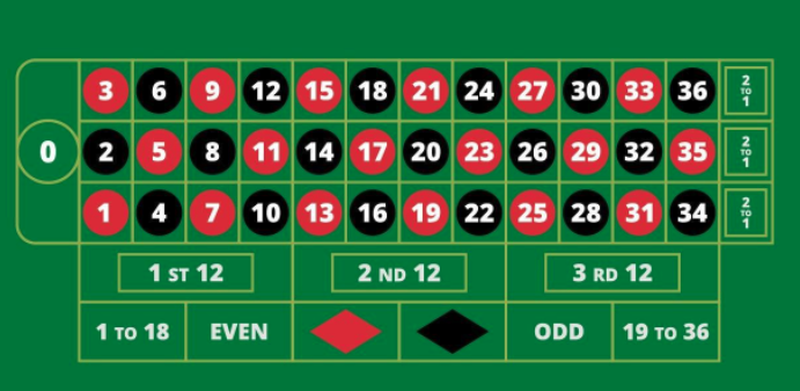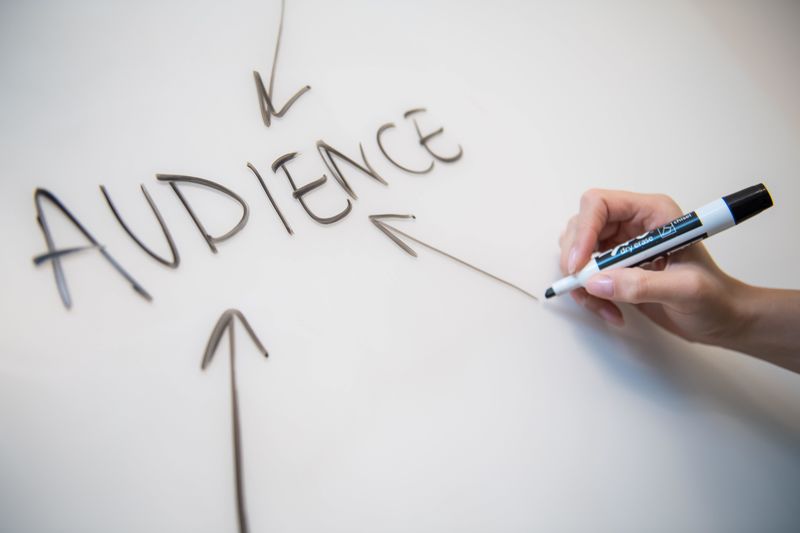
Over the last 20 years, the world of advertising has grown in complexity due to the number of methods and channels to be visible. This complexity increases the pressure for businesses to find effective and efficient ways to acquire new customers at scale, delivering ROI.
This complexity behind advertising has amplified over the last 14 years because of the smartphone and even more so with the pandemic. As soon as a consumer identifies a need, he/she immediately investigates with the supercomputer sitting in his/her pocket or purse. The Pandemic has complicated the "Advertising World" by driving the reliance on advertising call to actions to be more online and less solely focussed on bricks and mortar locations.
There is an old saying in the Advertising world…
50% of our marketing campaigns are successful, we just don’t know which 50%!
Gambling is defined as "playing games of chance for money". The act of using "chance" to decide how to advertise and be visible continues to be a common approach in a world where consumers are using reliable methods (such as Google) to find information and solve their problems.
Sadly, the above "50/50" saying still happens today.
To help businesses understand how to approach advertising so it becomes a scalable vehicle for growth, a “Gambling analogy” will be used. The Roulette Wheel is the game of choice and will be used to illustrate how this game of chance can be won or lost through the two fundamental Marketing strategies in use today: Push Marketing vs Pull Marketing.
The Roulette Wheel and Push Marketing:
Push Marketing is broadcasting a single message to large audiences: Radio, TV, Print, Billboards, and in many instances Email Marketing (when not segmented).

So how does this approach apply to the Roulette Wheel?

This is the act of betting on black or red, even or odd numbers, or selecting broad number ranges.
It is these types of bets that represent a method of promotion that can only communicate to broad segments of people. Using Push is betting your single communication will resonate with a broad audience (or segment), just like betting on black or red. The outcome is a lower pay-off IF it works (just like if you win off a black or red bet).
Once the bet is in, it’s a simple matter of hoping you get it right. There is no confidence, just hope because it's a guess.
Many call the Push Marketing approach "The Death of the Advertising Industrial Complex" which is a fancy way to say, the traditional method of promoting messages to markets is flawed and outdated.
The Roulette Wheel and Pull marketing:
Pull Marketing is the approach of applying science/data/research to find what your target consumer is looking for and then creating relevant experiences to meet those needs and pull the consumers into these experiences.
The Pull Marketing principle is where you (the business) are visible for specific needs, then actively pull the consumer into engaging and buying from you either online and/or in-store.

In the Roulette Wheel analogy, Pull Marketing is the equivalent of knowing the exact number the Roulette ball will land on before the ball starts spinning!!
So why gamble?!
There is no need to gamble your advertising dollars and guess how to spend money and where to target your messaging.
The Pull Marketing approach drives visibility where consumers have a need you can solve.
If you have perceived marketing as a gamble thus far, it means you are not doing it right.
Pull marketing strategy is the future of customer acquisition for every business on the planet and ironically it has been around for 20 years! I should know, I have been leading Pull Marketing strategy for retailers around the world this entire time and have seen, first-hand, the growth impacts through data.
Why is Pull Marketing seen as a new concept?
The concept of Pull Marketing has been hidden or not openly discussed by many Agencies for one primary reason: it’s not a profitable service for them.
As a result, many Agencies do not invest in the training and development of their people to ensure they execute Pull Marketing activities to a good enough standard. The ripple effect of this is they rely on out-of-the-box software applications and the ignorance of the business community to get by.
Two-Way Street:
But not all the blame should land in the laps of Agencies. To truly leverage the opportunity that Pull Marketing can provide comes when two functions and two parties work harmoniously together:
1. The visibility strategy (by leveraging Google's Paid Search, Google Shopping and SEO). This is driven by Agencies.
2. Customer Experience Designs (also referred to as the user experience) that are set to accommodate a consumer's intent-driven needs. This is driven by the business.
#2 is as important as number #1. An Agency can send the best-qualified consumer to a retailer's site, but if the site is irrelevant or performs poorly in the context of a specific need, an online (or in-store) sale will never happen.
Shouting vs Listening:
Push Marketing is yelling at a lot of people at once, and Pull Marketing is listening to buying/information gathering needs and only being visible when those needs are evident.
In essence, Push vs Pull, is Shouting vs Listening.
Caveat:
When Pull Marketing is not done right, IT TOO can perform like Push Marketing and be a gamble. It's more common than you think and happens when those Agencies (who are not skilled in this discipline) are given too much freedom to run digital visibility campaigns for clients.
Just because you have turned on a series of Paid Search campaigns, do not think you are benefiting from Pull Marketing. There are a number of important activities comprising a Pull Marketing strategy.
Secondly, though the above comments mention Google as a channel to be leveraged for Pull Marketing, there are other channels such as Amazon that do apply, but it depends on the business strategy.
From auditing hundreds of businesses over the last five years, less than 10% are truly leveraging Pull Marketing to its full effect.
There is no need to gamble your money away. Pivot your marketing approach from a Push to a proper Pull and reap the benefits.
If you continue to "Shout", the "House" will always win.
This article was as tagged as B2B , Best Practice , Digital Strategy , eCommerce Consulting , UX Design